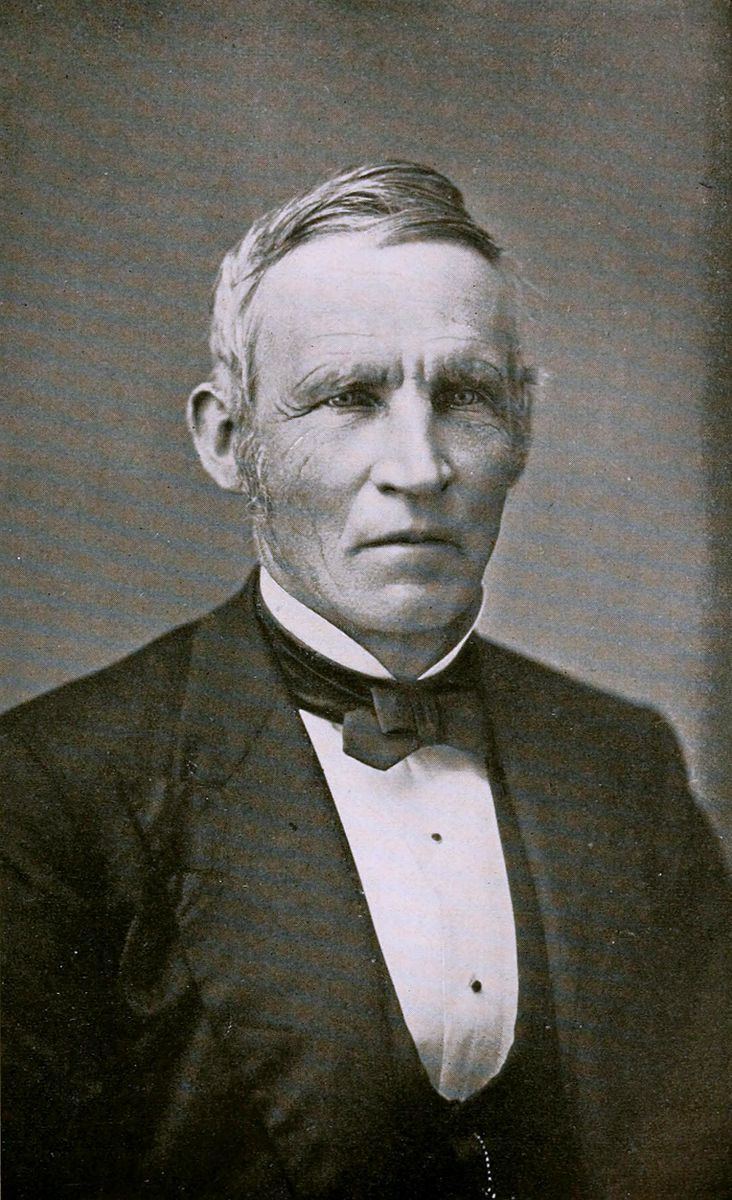Name Noah Porter | ||
 | ||
Full Name Noah Porter, Jr. Born December 14, 1811Farmington, Connecticut ( 1811-12-14 ) Died March 4, 1892(1892-03-04) (aged 80)New Haven, Connecticut | ||
2011 noah porter
Rev. Noah Thomas Porter III (December 14, 1811 – March 4, 1892) was an American academic, philosopher, author, lexicographer and President of Yale College (1871–1886).
Contents

Top 5 best funeist noah porter vines
Biography
He was born to Rev. Noah Porter Jr. (1781–1866) (one of the first ministers of First Church of Christ, Congregational in Farmington, Connecticut) and his wife, born Mehitable Meigs, in Farmington, Connecticut on December 14, 1811. His younger sister was Sarah Porter, founder of Miss Porter's School, a college preparatory school for girls. He graduated in 1831 from Yale College, where he was a member of the Linonian Society. On April 13, 1836, in New Haven, he married Mary Taylor, daughter of Rev. Nathaniel Taylor (who presided over the creation of the Yale Divinity School and created what came to be known as "New Haven theology") and his wife Rebecca Marie Hine. They had several children, and two daughters survived them.
He was ordained as a Congregational minister in New Milford, Connecticut from 1836 to 1843. He served as pastor at a Congregational Church in Springfield, Massachusetts from 1843 to 1846. He was elected professor of moral philosophy and metaphysics at Yale in 1846.
Porter was inaugurated as President of Yale College on Wednesday, October 11, 1871. He continued to serve as head of the college until 1886.
Porter edited several editions of Webster's Dictionary, and wrote on education.
Influenced by the German refugee writer and philosopher Francis Lieber, Porter opposed slavery and integrated an antislavery position with religious liberalism.
He was a frequent visitor to the Adirondack Mountains of New York, and in 1875 was among the first recorded to make an ascent of the peak later named Porter Mountain in his honor.
His best-known work is The Human Intellect, with an Introduction upon Psychology and the Human Soul (1868), comprehending a general history of philosophy, and following in part the "common-sense" philosophy of the Scottish school, while accepting the Kantian doctrine of intuition, and declaring the notion of design to be a priori. Of great importance were two other works, Elements of Intellectual Science (1871) and Elements of Moral Science (1885).
He died on March 4, 1892 in New Haven, and was buried in the Grove Street Cemetery there.
